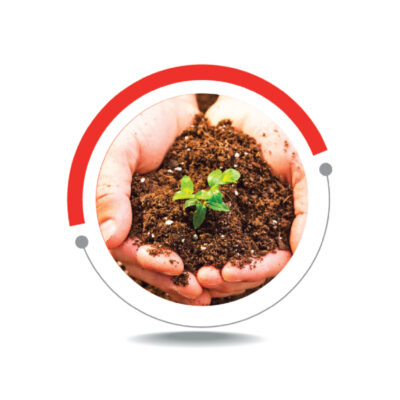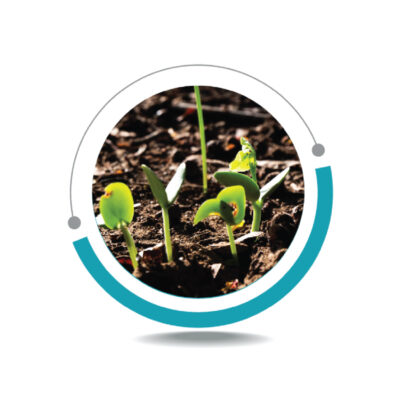Global supply chains have become incredibly complex and sophisticated and at the same time, there is a growing awareness of environmental, social, and governance risks from the mining sector.
Although the integration of engineering data within the framework of product data management systems has been successful in recent years, the holistic analysis (from a systems engineering perspective) of multi-disciplinary data or data based on different representations and tolls is still not realized in practice.
PASB strongly believes that a holistic approach is required for eco-restoration, reclamation re-vegetation, and management of heavily disturbed sites by anthropogenic activities such as gold mine tailing dumps. This requires the right approach to identifying the related risks and opportunities and setting up appropriate risk management as well as a comprehensive monitoring system including considerations to create the best situation and output from abandoned mines after the exploration and mining activities.




